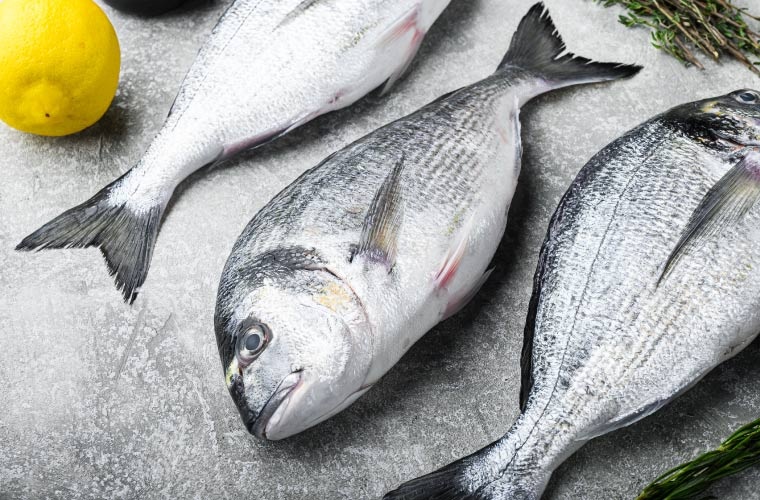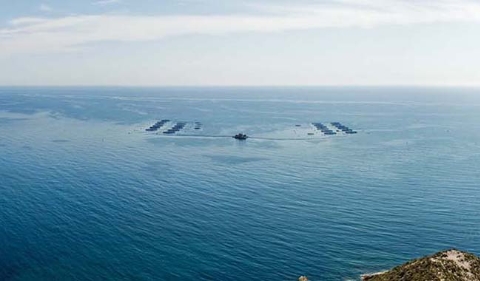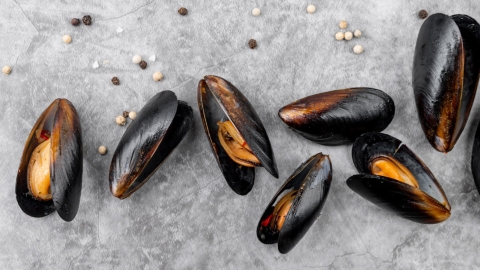
Prices for Mediterranean finfish species are expected to remain elevated throughout 2025, as producers grapple with reduced stocking, rising mortality linked to warming seas, and persistently high input and labour costs. This is the outlook presented in the latest GLOBEFISH Highlights report (No. 2-2025) from the Food and Agriculture Organization of the United Nations (FAO), which closely tracks market trends in European seabass and gilthead seabream.
The report highlights that “high input and labour costs, particularly in Türkiye, combined with reduced stocking decisions and increased mortality due to elevated sea water temperatures” are putting sustained pressure on the supply side of the market. Demand, meanwhile, remains firm across Europe and continues to expand in non-traditional destinations such as the United States.
In 2024, Türkiye strengthened its position as a dominant force in the seabass trade. Exports rose by 21 percent in volume and 14 percent in value, with significant growth in key markets such as Greece (+97%), Italy (+20%) and the United Kingdom (+13%).
Greek seabass exports also advanced, climbing 14 percent in volume and 13 percent in value, largely fuelled by robust demand in neighbouring Italy and Spain.
On the pricing front, Spanish wholesale figures showed signs of a mild rebound. Large-sized farmed seabass (1–1.5 kg), which had dipped to EUR 11.30/kg by late 2024, rose slightly to EUR 12.00/kg in early 2025. Medium and small-size categories experienced sharper price recoveries during the fourth quarter.
Seabream presented a more mixed picture. Türkiye saw a 28 percent increase in export value, with volume edging up just 3 percent. Greece was again the main buyer, with imports of Turkish seabream up 67 percent in value and 34 percent in volume.
In contrast, Greek exports of seabream fell by 13 percent in volume, impacted by lower production levels. The steepest drops were recorded in shipments to Spain (-18%) and Italy (-16%). Despite this, the report notes that the impact on export revenues was relatively contained.
Spanish wholesale prices for seabream surged across all size groups. Large specimens exceeding 600g jumped from EUR 6.45/kg in September to EUR 8.10/kg in December, reflecting tighter availability during the year-end peak season.



